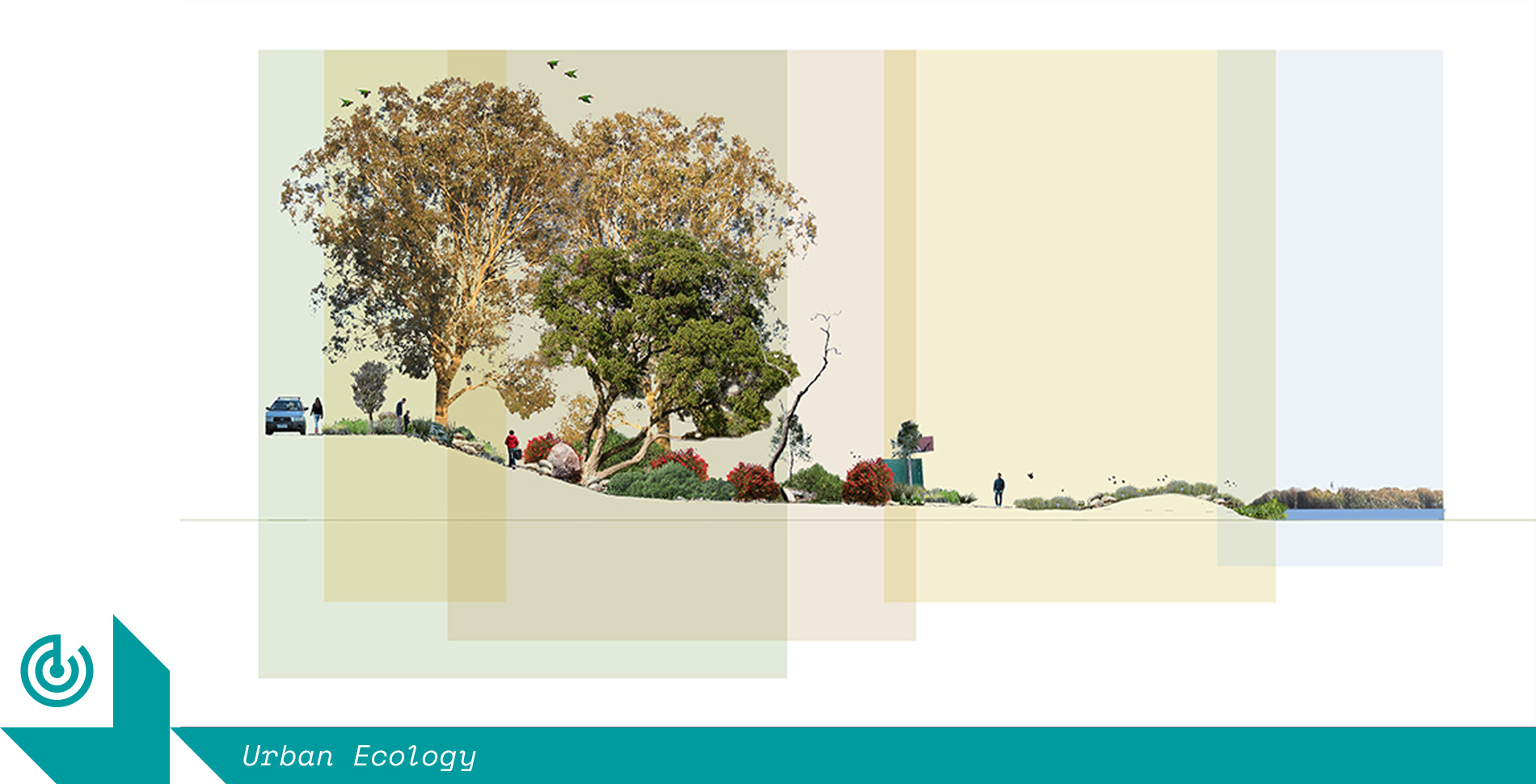
Soft cities: Making room for nature in our urban future
Bringing biodiversity back into the built environment is good for both people and the planet, writes urban ecologist Amy K Hahs.
Increasingly, we’re living in an urban world. Urbanisation covers all continents, apart from Antarctica. By 2030, two-thirds of urban land will have been built in the preceding 30 years.
But the concept of the “urban” is evolving.
Changing transportation and communication technologies mean we’re no longer able to distinguish between an urban settlement and a surrounding rural landscape. Meanwhile, new ideas are developing, such as the continuum of urbanity concept, which means that urbanisation is no longer understood as a local issue.
We’re living in a globally integrated world, so demand for meat in China is contributing to changes in land cover in Brazil as it tries to meet that demand. That, in turn, is contributing to changing global rainfall patterns. Reduced rainfall in the Sahara Desert, leads to winds picking up sand and dropping it on the Caribbean’s coral reefs, which are then suffering, and that affects tourism and other industries. What this means is that an action in a city has big consequences beyond its own boundaries.
The important challenge facing all of us is recognising that how we design and build cities really matters – not just to the people who live there, but to the wider world and its future.
In the past, cities were thought of as concrete jungles devoid of life, with nature existing outside of their boundaries. But increasingly we’re recognising that urban ecosystems do support life. Cities are often located in highly productive areas of the landscape, which have naturally high levels of indigenous biodiversity. They may also contain the only remaining examples of past landscapes and they provide a lot of other opportunities for biodiversity.
In Australia, a recent study by Chris Ives and colleagues found that 30 percent of Australia’s threatened plant and animal species exist within urban landscapes, where their representation is disproportionately higher than in the rest of the country.
But if what we do in cities is important for conservation outcomes, urban biodiversity is more than just threatened species; it’s all of the plants, animals and microorganisms that live in our cities. If you’d asked me 20 years ago where I thought urban biodiversity lived in Melbourne, I would have said in the remnant patches of vegetation, such as Gresswell Forest out near Bundoora. But we now know it also exists in our parks, in our streets, in our gardens, in brownfields and unexpected places.
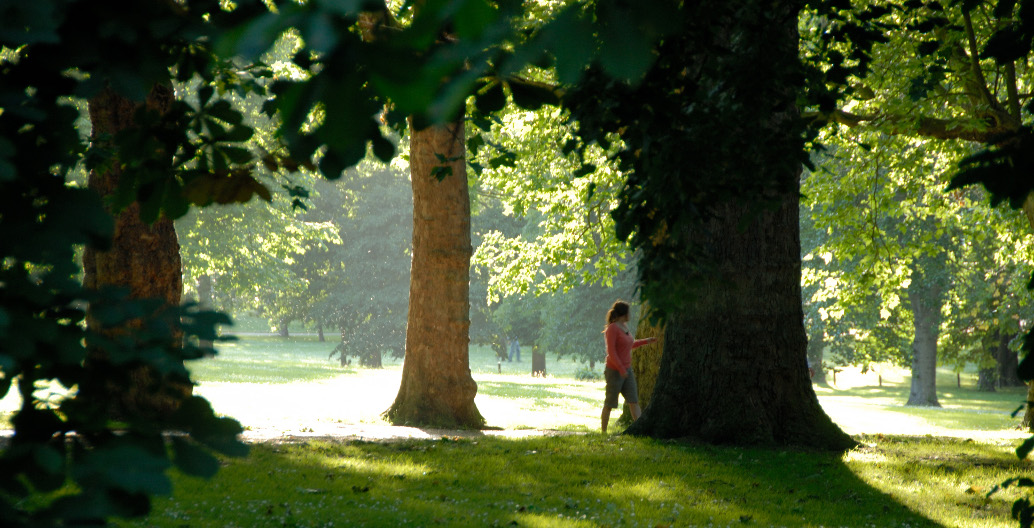
Finsbury Park, London. Photo: Hjuk, Wikimedia Commons
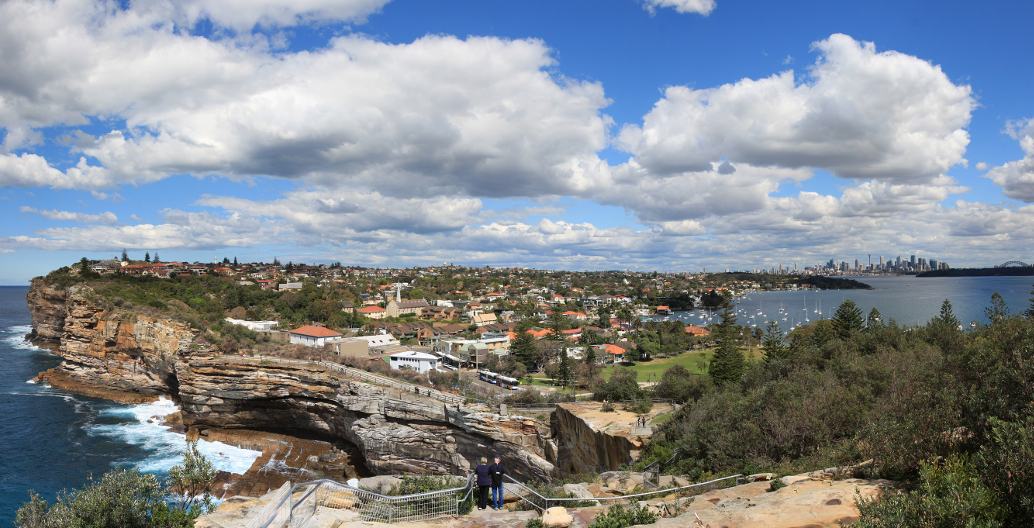
Watson's Bay, Sydney. Photo Adam.J.W.C.
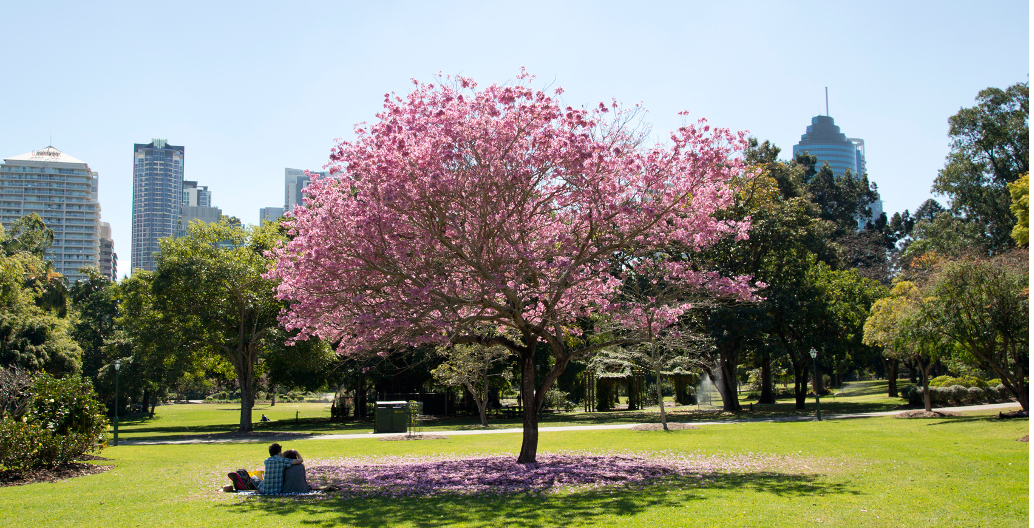
Brisbane Botanic Gardens. Photo: Brisbane City Council
How does biodiversity contribute to our cities?
Biodiversity helps shape our natural and cultural heritage and give us a sense of place and identity. It’s important for modifying environmental conditions related to urbanisation. It helps provide us with sustainable and resilient ecosystems, and it’s also incredibly important for human health and well-being – for the people who live, work and visit our cities.
However, urban ecosystems aren’t an easy place for biodiversity to exist. Existing biodiversity sits under an enormous number of pressures – artificial light at night, artificial noise, the urban heat island effect, habitat loss, pollution, changes to hydrology, and so on. All of these things have a distinct signature in both space and time. They can affect very discrete points in space, right through to the entire planet, and the impacts range from being immediate and short-lived, to lasting for centuries. Thinking about these impacts in this way allows us to separate out the chronic impacts that are occurring at very large spatial and temporal scales, which require a coordinated and systematic approach to address them, to the acute impacts, where every individual project can actually make a difference.
Recently, my colleague Mark McDonnell and I reviewed the adaptation of organisms to urban environments. We found that there are three main outcomes if you’re an animal or a plant that encounters a city. Some species, such as Poa annua grass, will be preadapted to urban conditions and be quite happy to continue. Others are going to be maladapted and will be lost from the system – orchids, for example. But then there’s a third pathway, an adaptive response, which we’re increasingly gaining evidence for. For example, a bird changing its calling behaviour in response to noise, or a species of hawkweed changing how many of their seeds are wind dispersed, versus those that just fall passively to the ground.
When it comes to how we design cities, it’s important to think about these different pathways of persistence or local extinction. By softening the degree to which our cities manifest these urban impacts, more species will be able to persist into the future because they are either preadapted or can adapt to the new conditions, and the fewer species we’re going to lose.
Some colleagues and I looked at plant extinctions from 22 cities around the world and found there were two main factors explaining plant extinction. The first related to how recently the city in question had become urbanised, and the second to how much native vegetation remained. In Australian cities, where urbanisation has occurred fairly recently, fewer species have been lost than in those cities where urbanisation occurred much earlier. This is evidence of an extinction debt, where species may survive the initial shift to an urban landscape, but are lost over the next 100 years as the ecosystems reach their new equilibrium.
Melbourne has four percent of its native vegetation remaining within the urban growth boundary. Based on trends in plant extinction rates from other cities around the world, it appears we can expect to lose 55 percent of our plant species over the next century. However, because species loss in this context is a delayed response, we still have an opportunity to take effective action. We can design our cities to manage biodiversity in such a way where we don’t lose as much as we would in the face of non-action.
What do our cities need to support biodiversity?
Some of the research points to the importance of vegetation structural complexity. My colleagues and I recently completed a project investigating the biodiversity benefits of golf courses in Melbourne, to be published in an upcoming edition of the Journal of Applied Ecology. We found that six different groups of animals (bats, native birds, exotic birds, bees, beetles and bugs) all responded positively to an increase in native vegetation, and the volume of understory shrubs. A simple thing like increasing understory cover to 30 percent can significantly increase the number of species who will exist in an area. A study looking at insect diversity by the City of Melbourne and RMIT University found 560 different species of insect from 12 different groups in the urban green spaces they surveyed within the City of Melbourne. By far the highest diversity of species was in the mid-story (small to medium sized shrubs), followed by the tree layer, and then tall grasslands. Mown areas of lawn supported the lowest levels of diversity. Again, this highlights the importance of increased shrub cover in supporting higher levels of biodiversity.
A comparison of the vegetation structure and diversity in different types of green spaces revealed that golf courses are actually quite similar to remnant vegetation, particularly in comparison to residential gardens and small urban parks. Golf courses also boast higher bird species richness, higher counts of breeding bird activity, higher native bee species richness and higher vegetation complexity. If you think about it, golf courses have the lawn at the greens where the play occurs, but they also have the out-of-play areas and the rough, where longer grass is allowed to accumulate, along with more logs and more understory vegetation. There’s much more opportunity for a wider range of habitat types. So, perhaps surprisingly, they are a valuable habitat not just for golfers, but also for biodiversity.
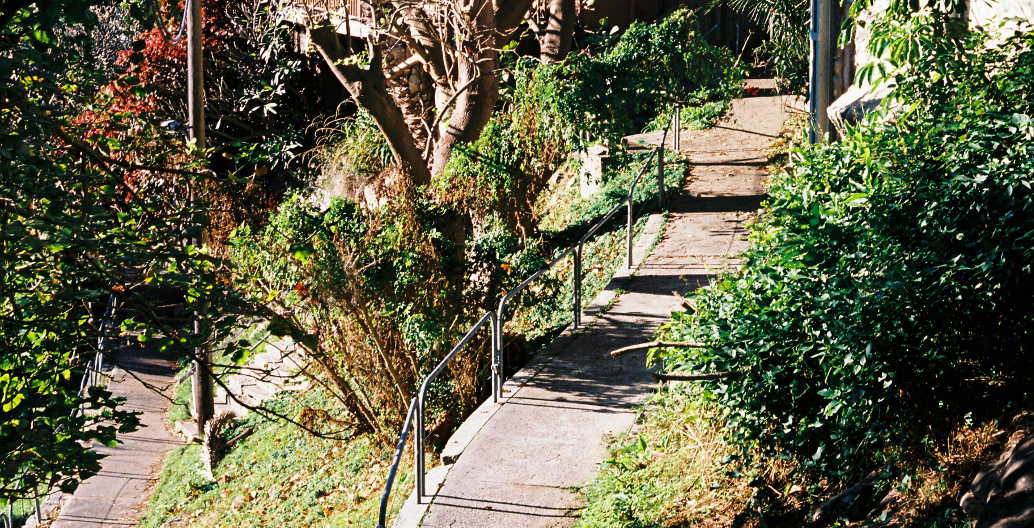
Tamarama Gully, Sydney
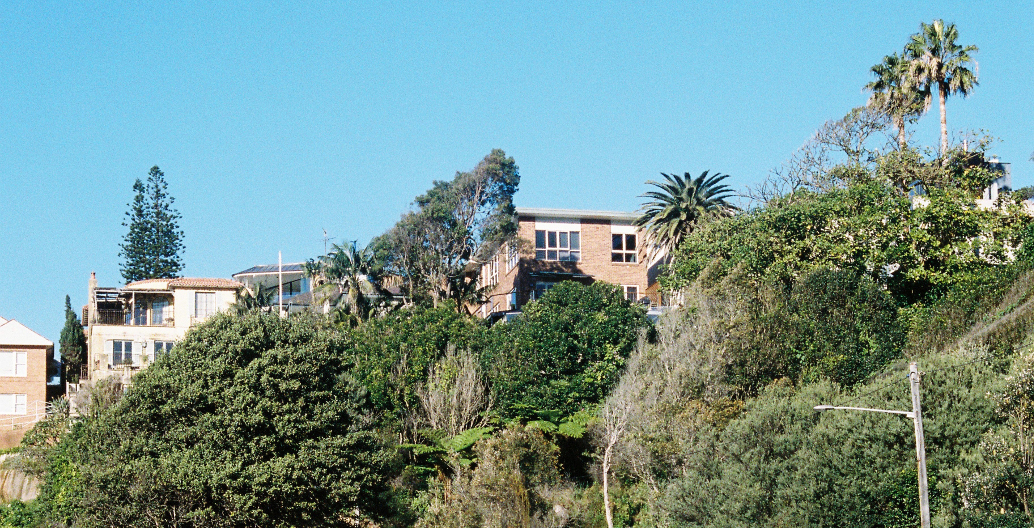
Diverse vegetation structure in urban landscapes helps support greater biodiversity
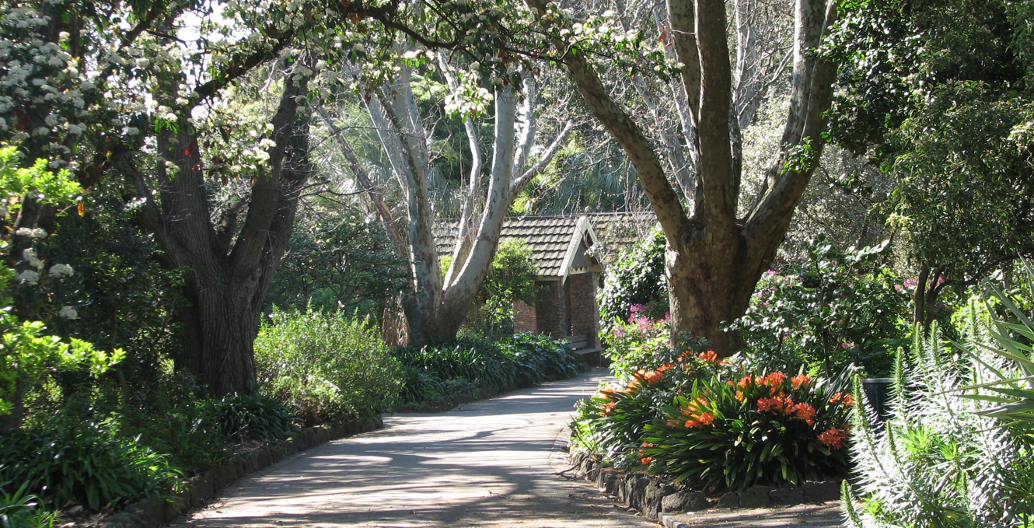
Footscray Park, Melbourne. Photo: Melburnian, Wikimedia Commons
What does an ecologically-designed city look like?
In managing urban biodiversity, we are seeking to preserve Australia’s unique plants, animals and ecosystems for the multiple benefits they bring to people. The preservation element relates to a nature-focussed conservation goal, but the multiple benefits are more closely aligned with a human-centric ecosystem services outcome. While these things are related, they are not the same. If we only pay attention to one, we may produce a system where people win, or where nature wins, whereas really what we need to strive for is a win-win situation, where people and biodiversity both benefit. We need to explore what an ecologically-designed landscape might look like.
Several years ago, I worked with landscape architect Zoe Metherell, on a project for the Moonee Valley City Council [see lead image, above]. They asked us to design an urban ecology park scenario, which was both a recreational park for people and a conservation reserve. This required finding ways to integrate ecological principles and understandings about gradients (gradual changes in environmental conditions) and ecotones (the gradual transition between plant communities) with insights from urban ecology research around social-ecological interactions. The final design included 55 different design elements that could also be applied, separately or in combination, to other parks throughout the municipality. One of the most exciting things about the project was that it called for “blue sky” thinking, and offered an opportunity to rethink what an urban park could look like. Zoe and I are still exploring this nexus between urban ecology research and knowledge, and landscape architecture design and practice. Our most recent project is working with the City of Melbourne to develop an ecological streetscapes tool, that would assist them in designing streets that make a positive contribution to the ecology and biodiversity of the city.
What these experiences have demonstrated to me is that if we’re to build an innovative, ecologically-designed city, a city that is healthier and more sustainable for both people and biodiversity, we have a lot of rethinking to do. We need to rethink our infrastructure, our streetscapes, our energy use, our food supplies and our water. We need to plan and design for biodiversity, but we also need to use biodiversity to plan and design. There will be obstacles and challenges to overcome before this becomes common practice.
However, ecologically-designed cities will not only improve quality of life for those people living in them now, but serve as the foundations for a stronger and healthier urban legacy for future generations. In this era of rapid urbanisation, human population growth, and global climate change, it is imperative that our cities can help us successfully navigate these transitions.
Amy K Hahs is a director at Urban Ecology in Action, helping state and local governments and other organisations to integrate biodiversity into urban landscapes. This essay is adapted from her presentation at Foreground‘s recent public forum, Urban Ecology: Design for Living Systems. The lead image of Moonee Valley Urban Ecology Park Scenario was provided courtesy of Zoe Metherell.


